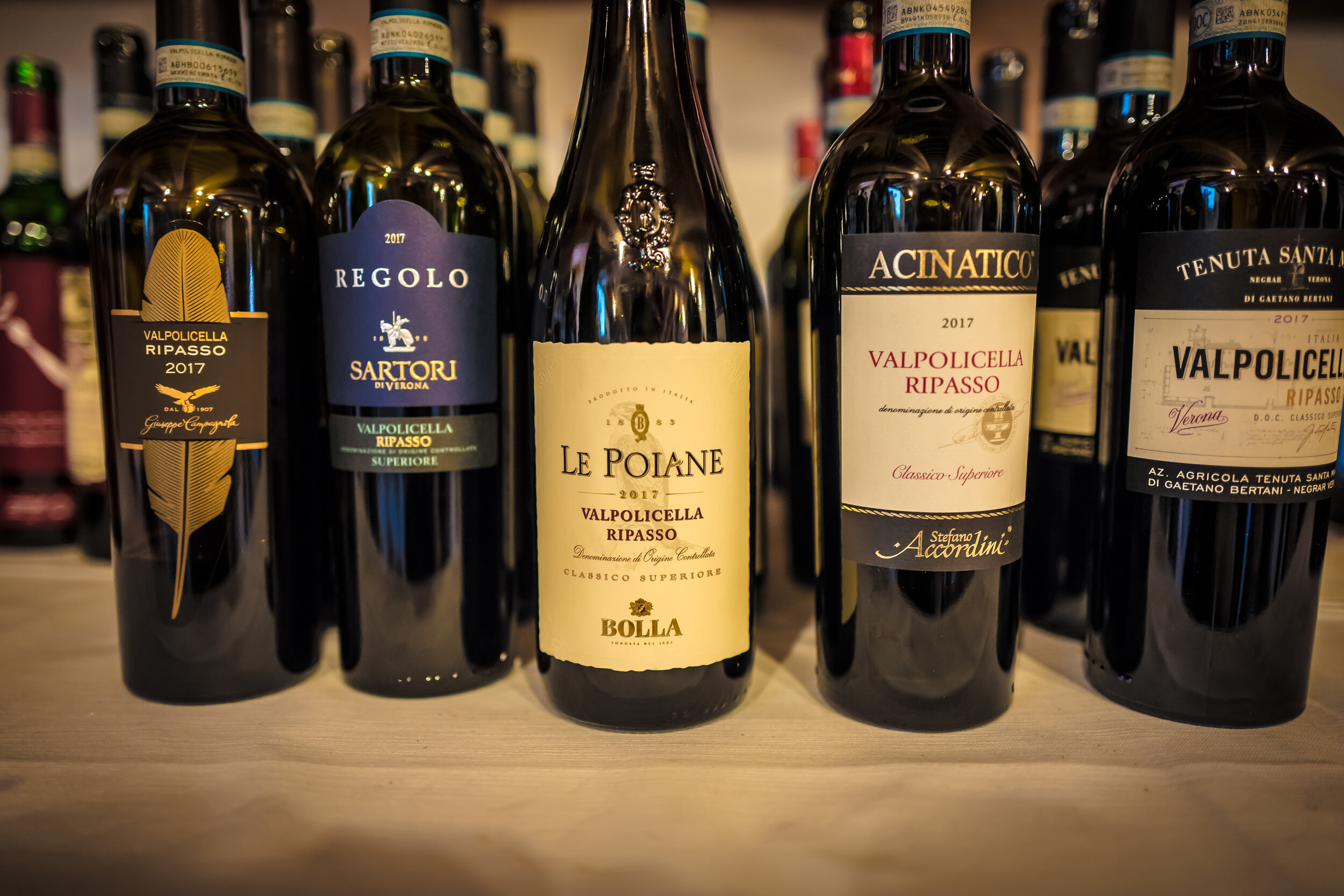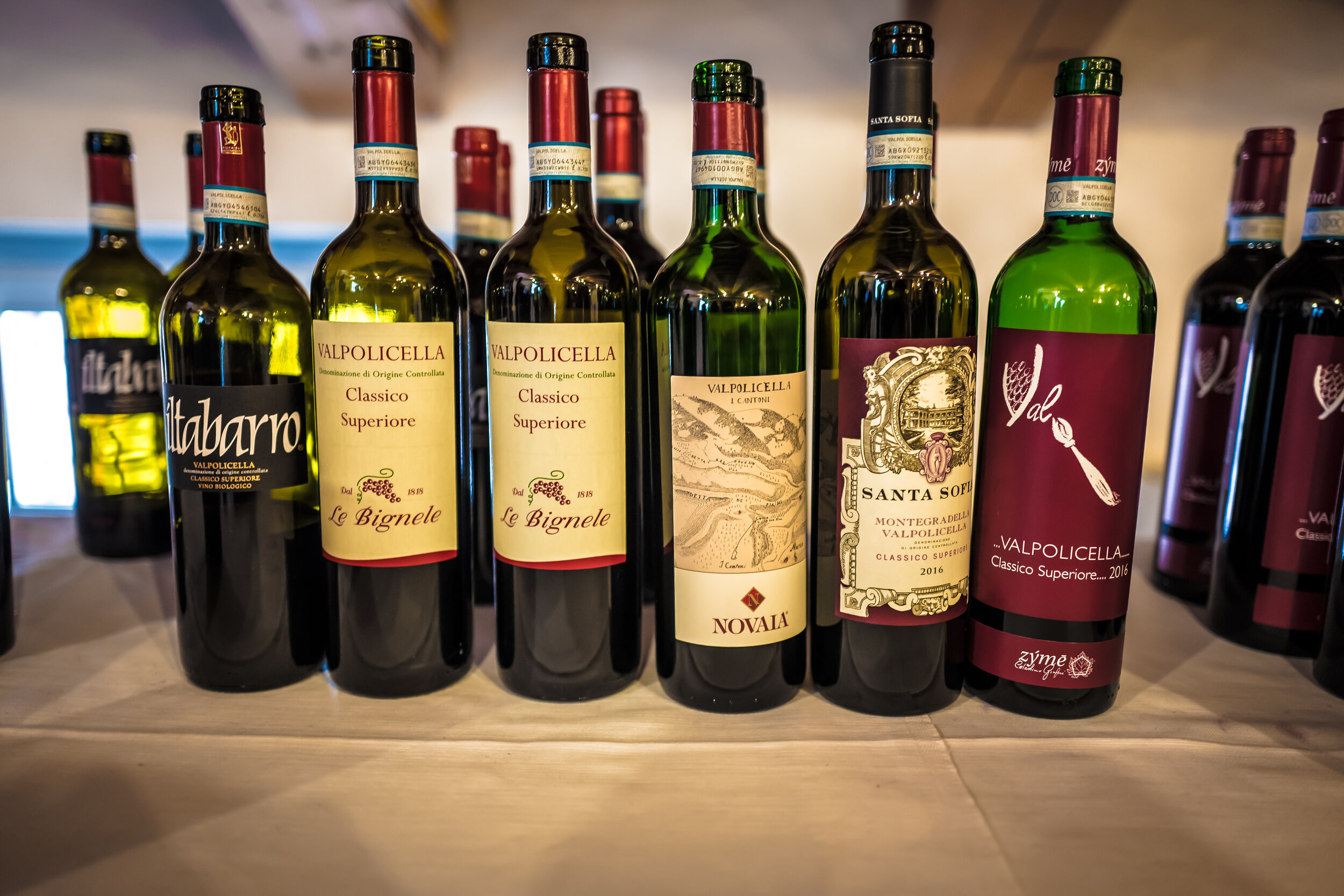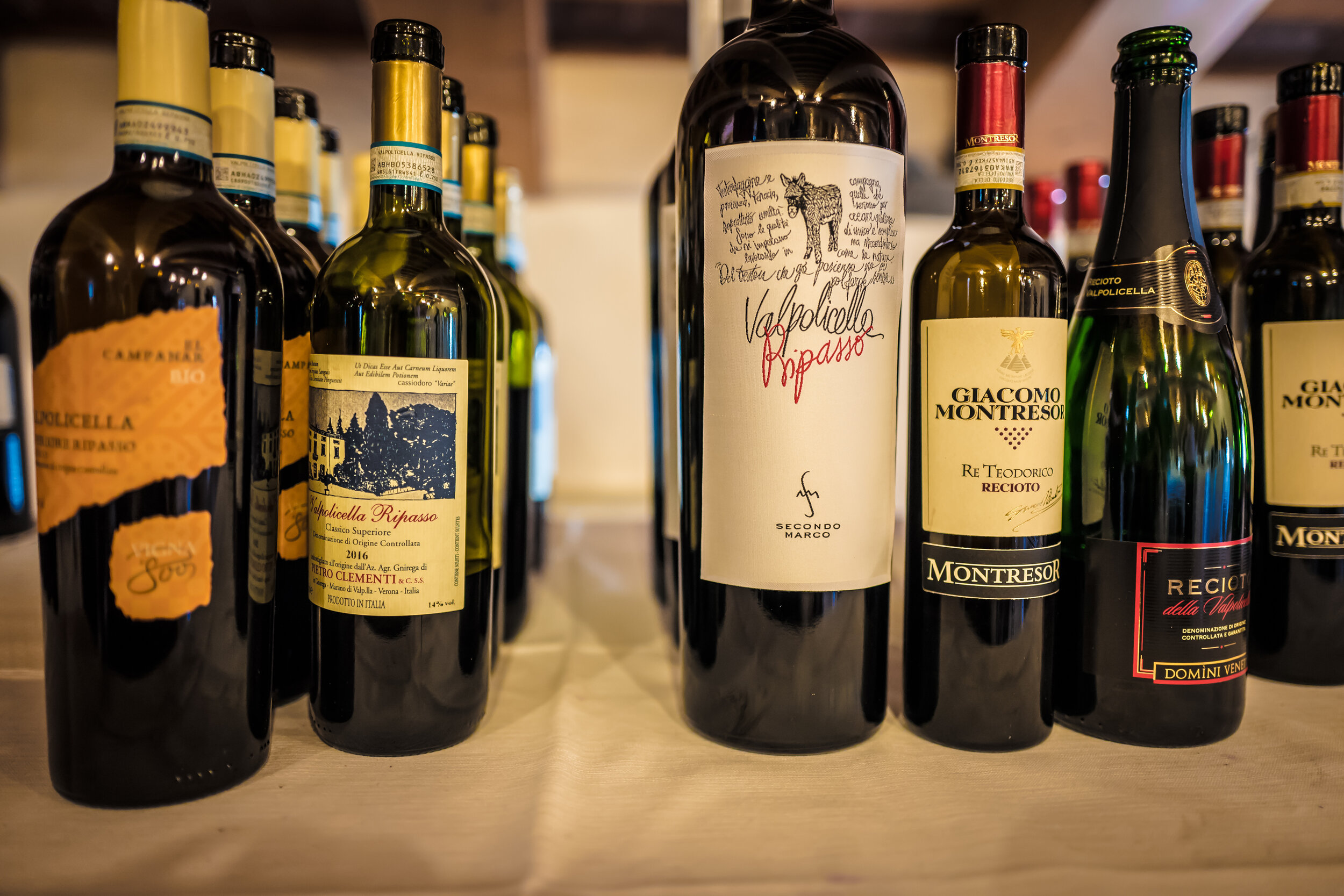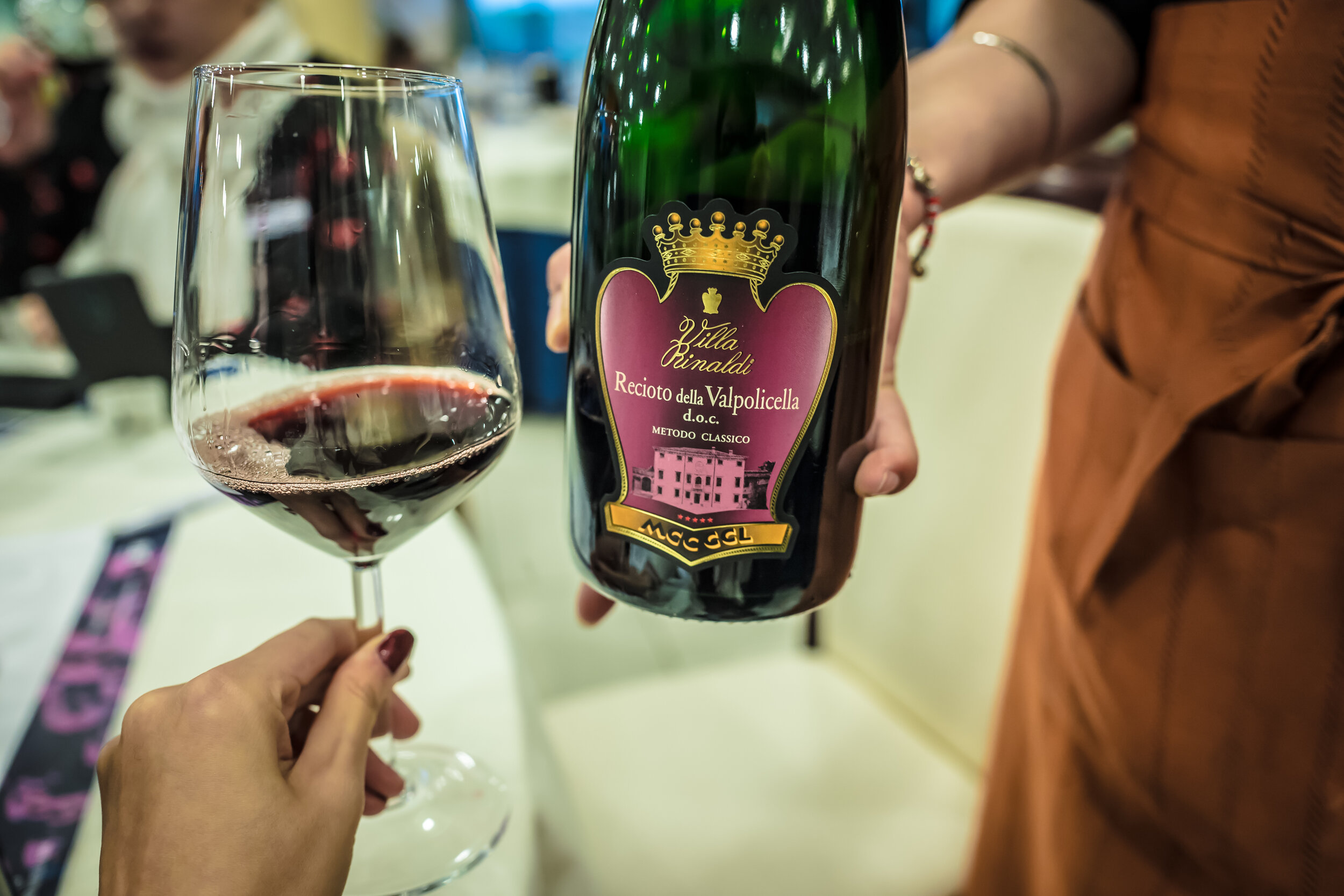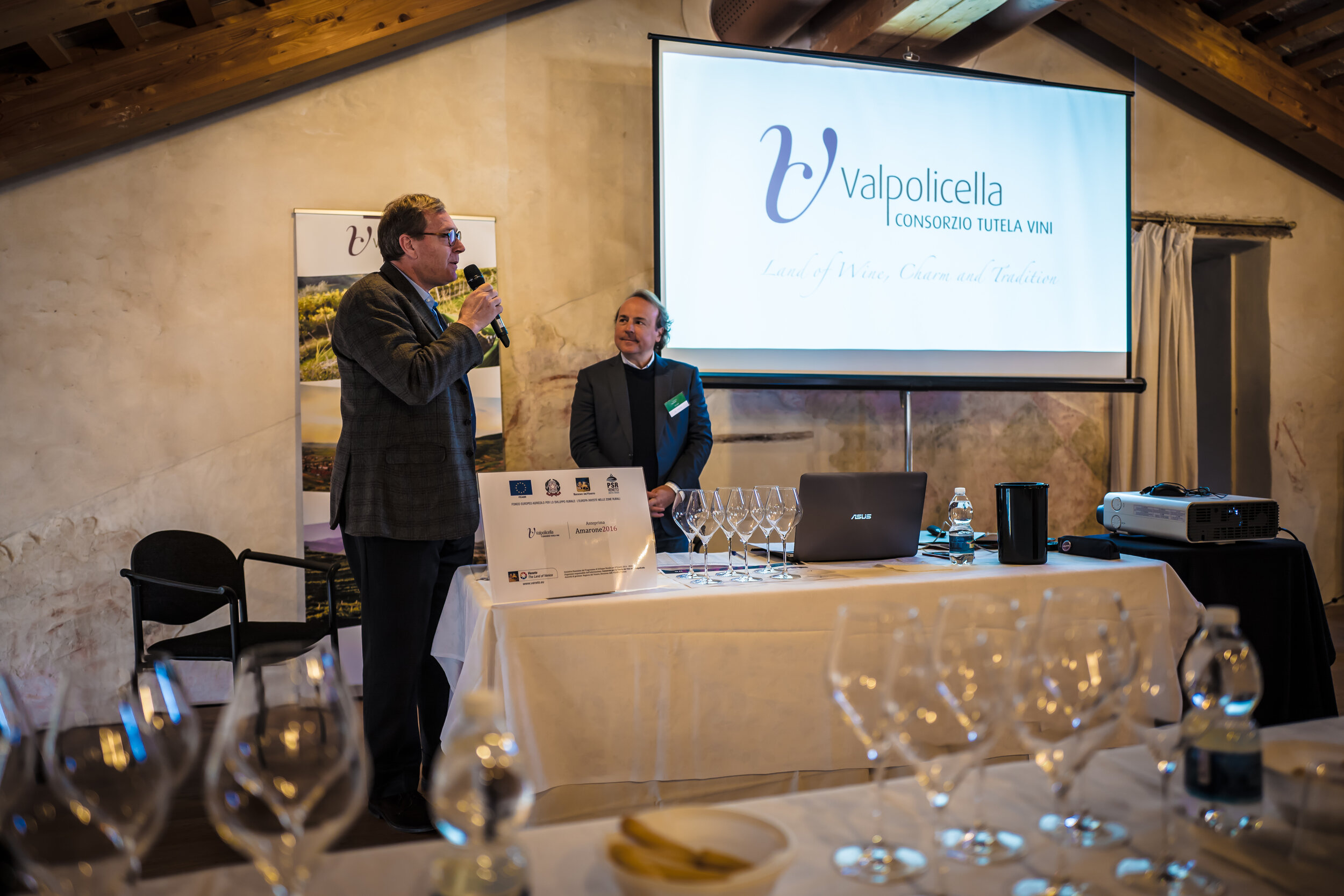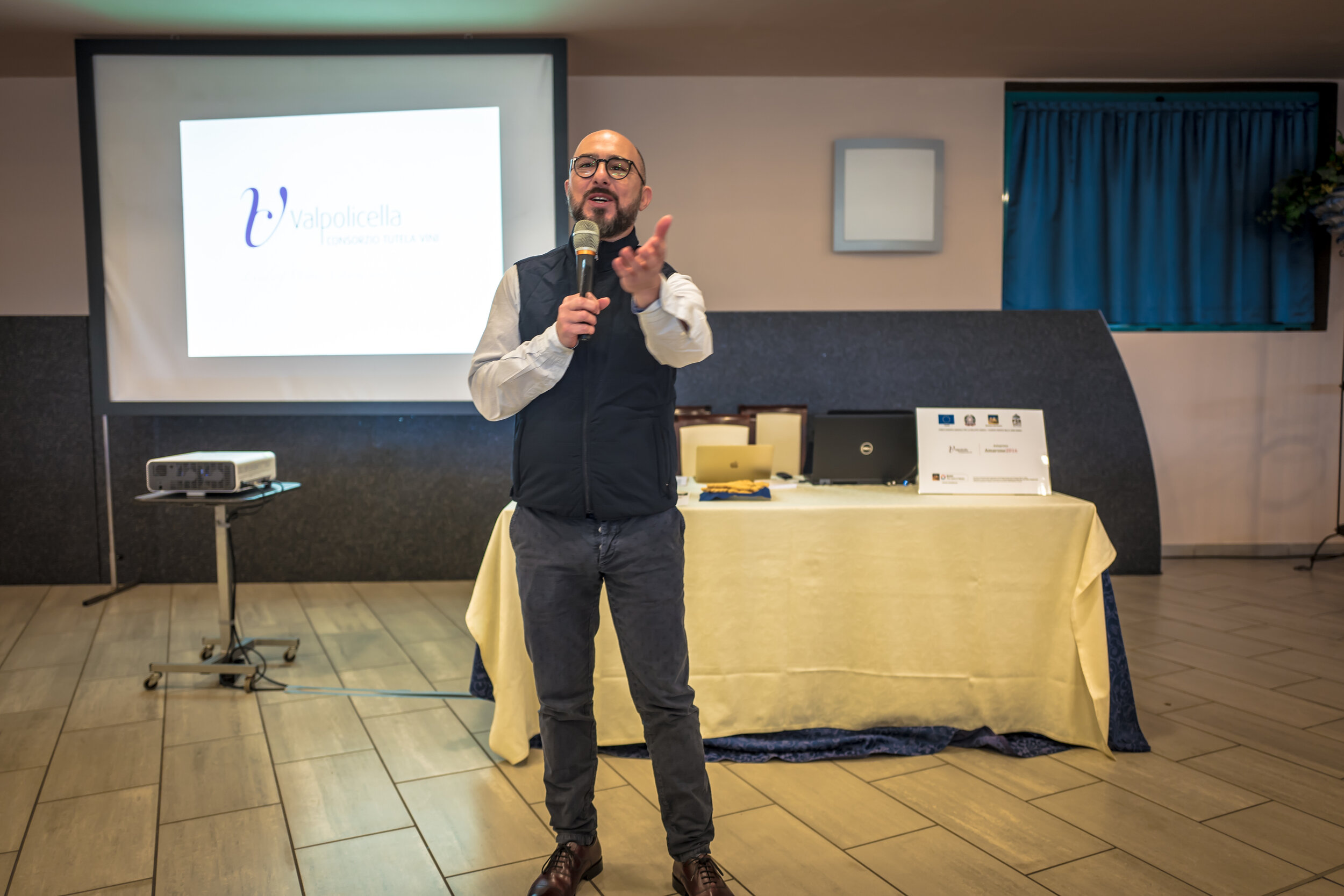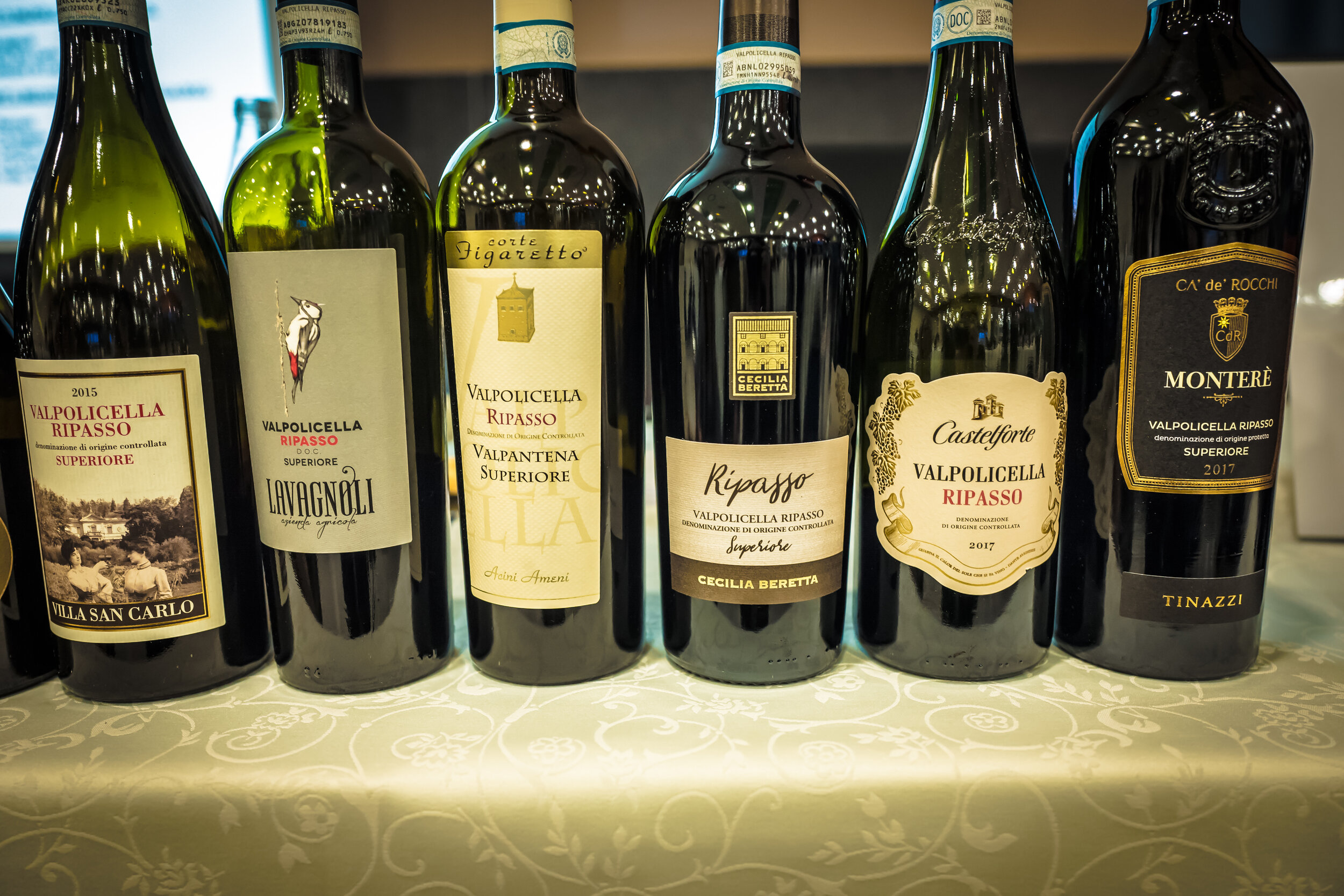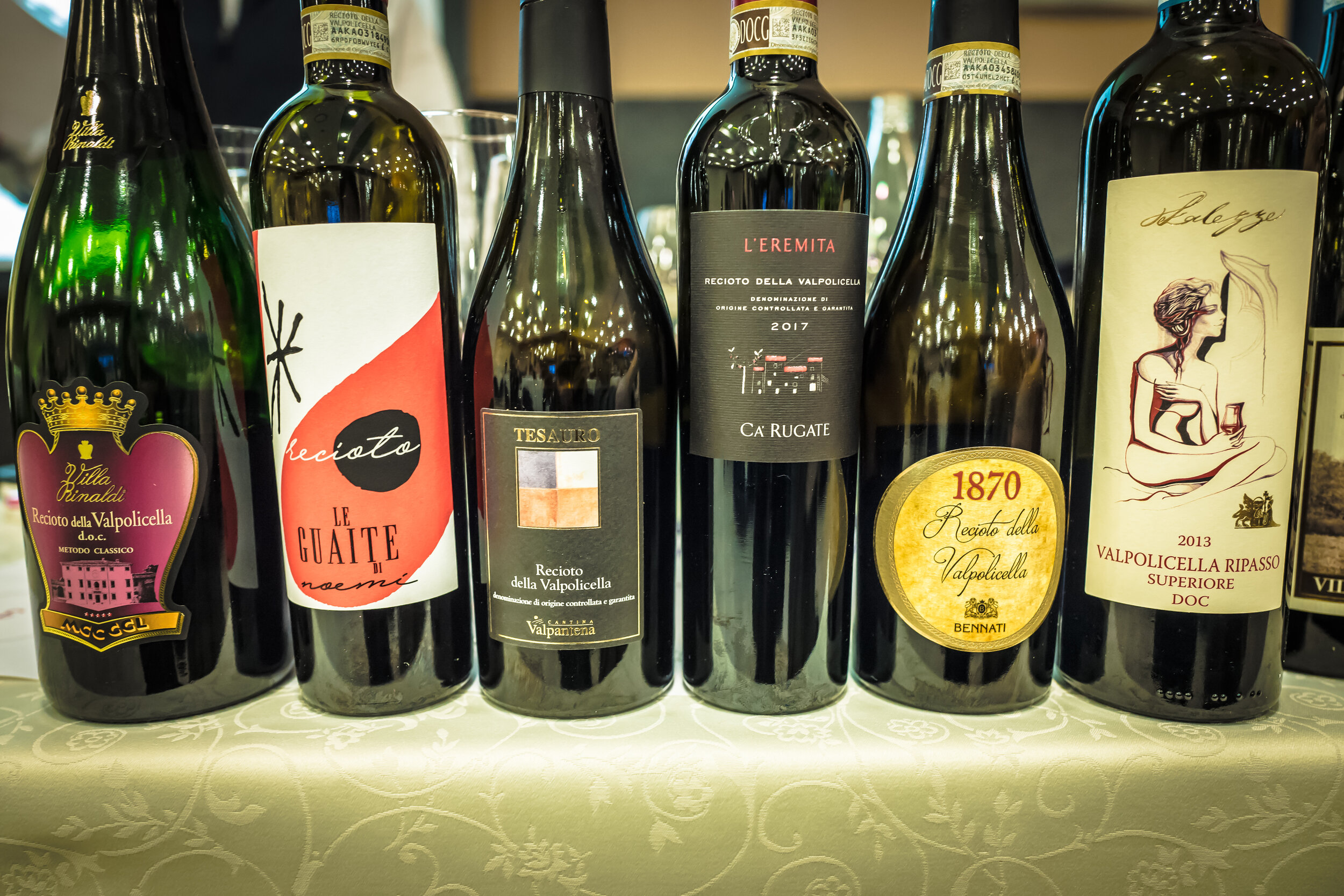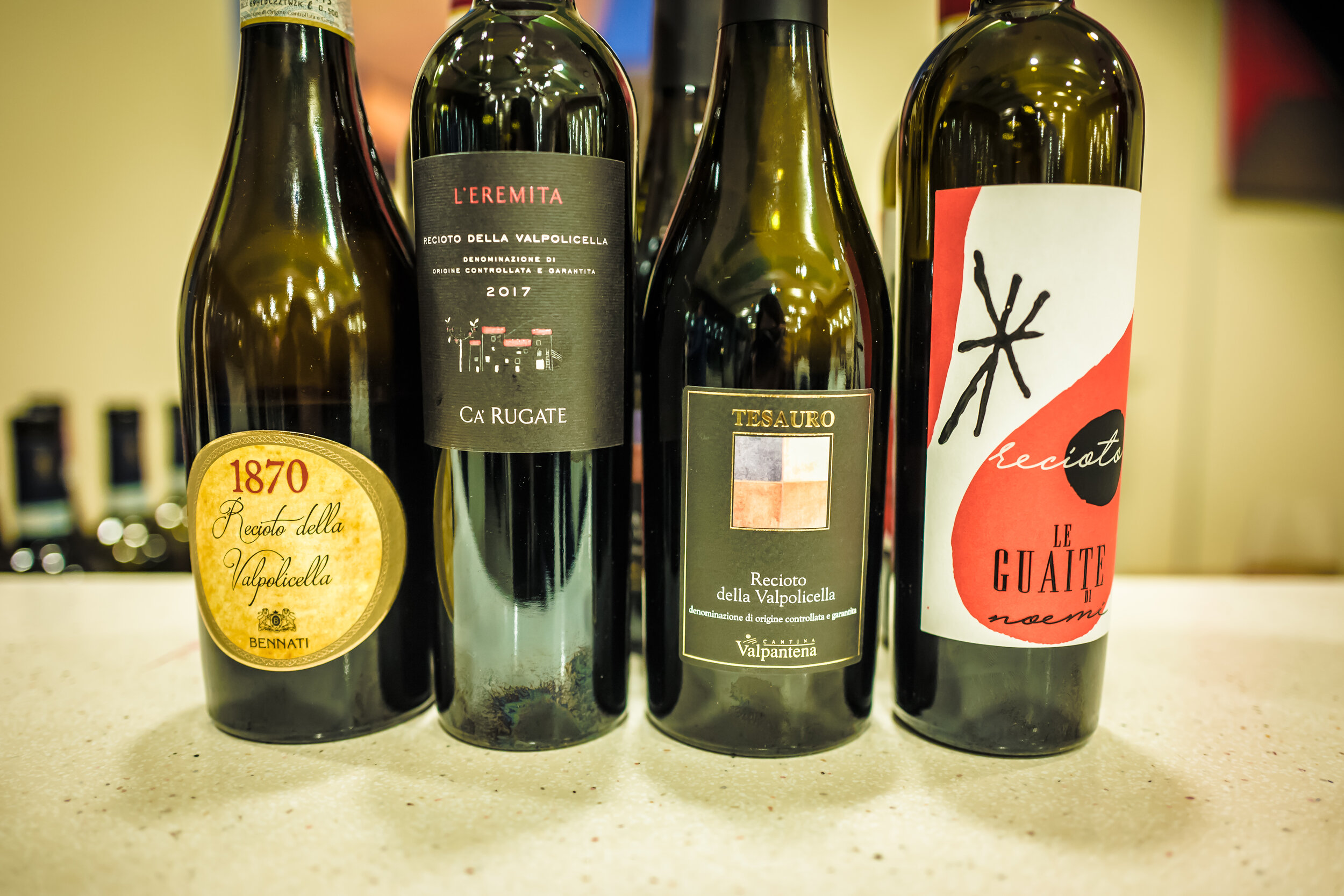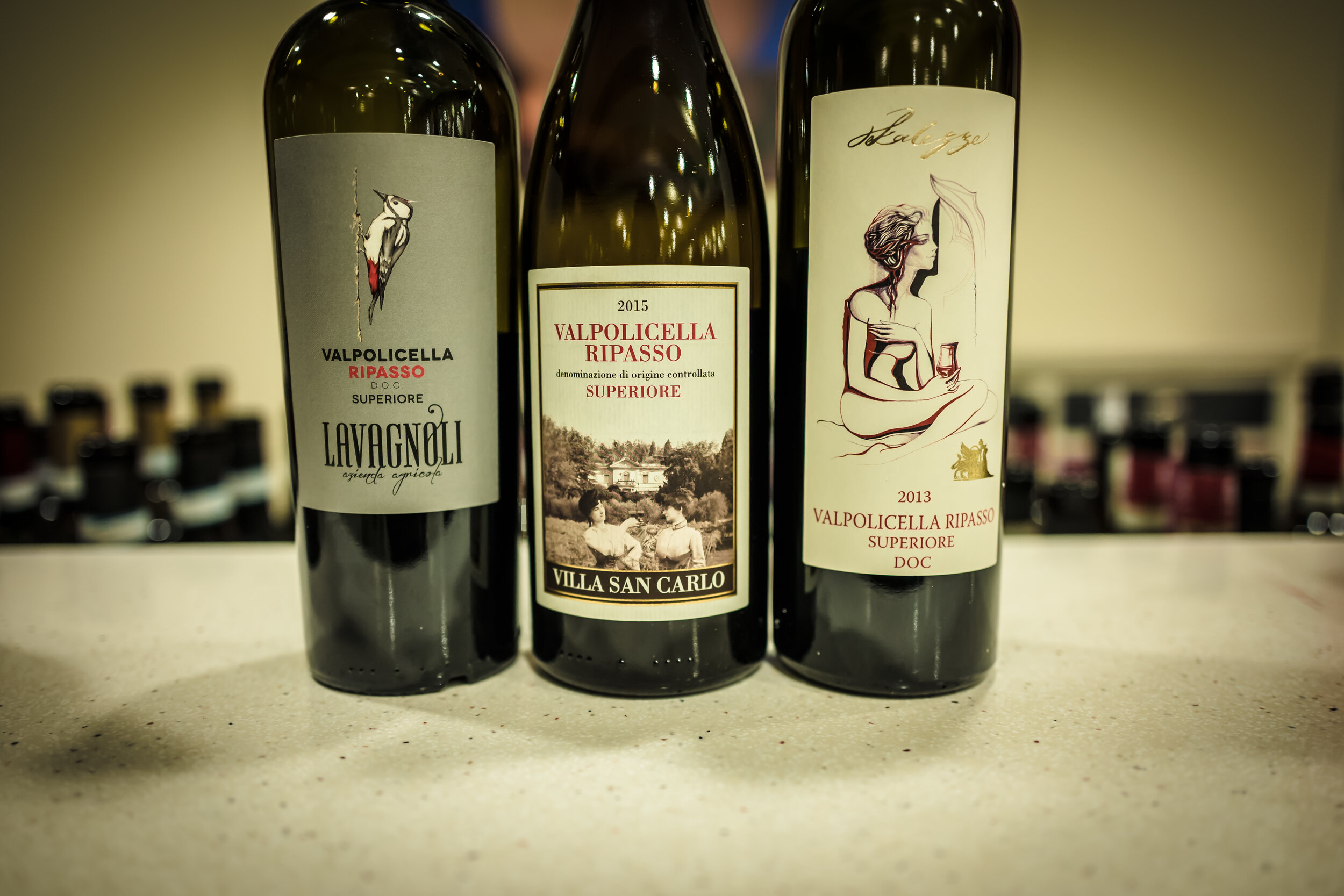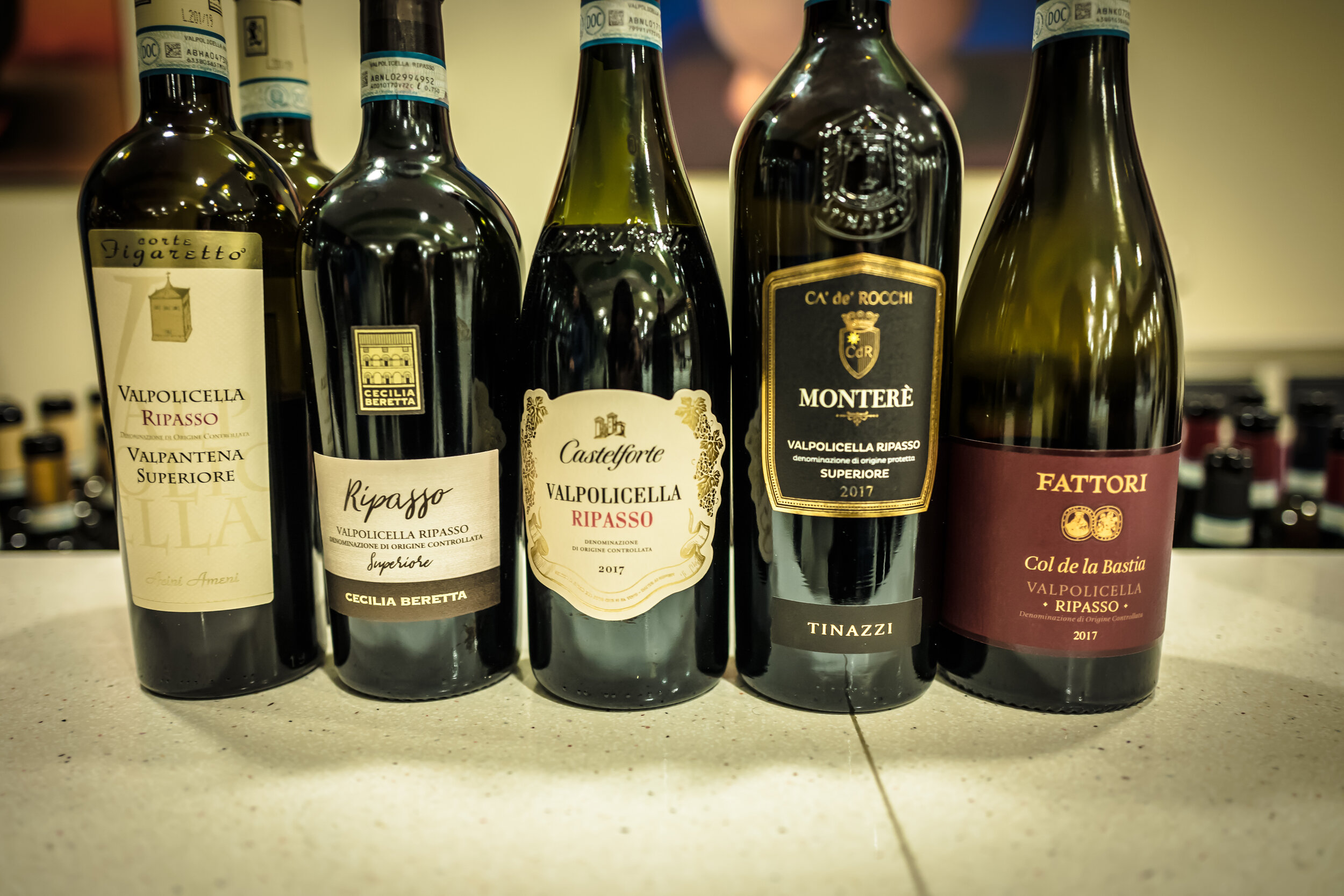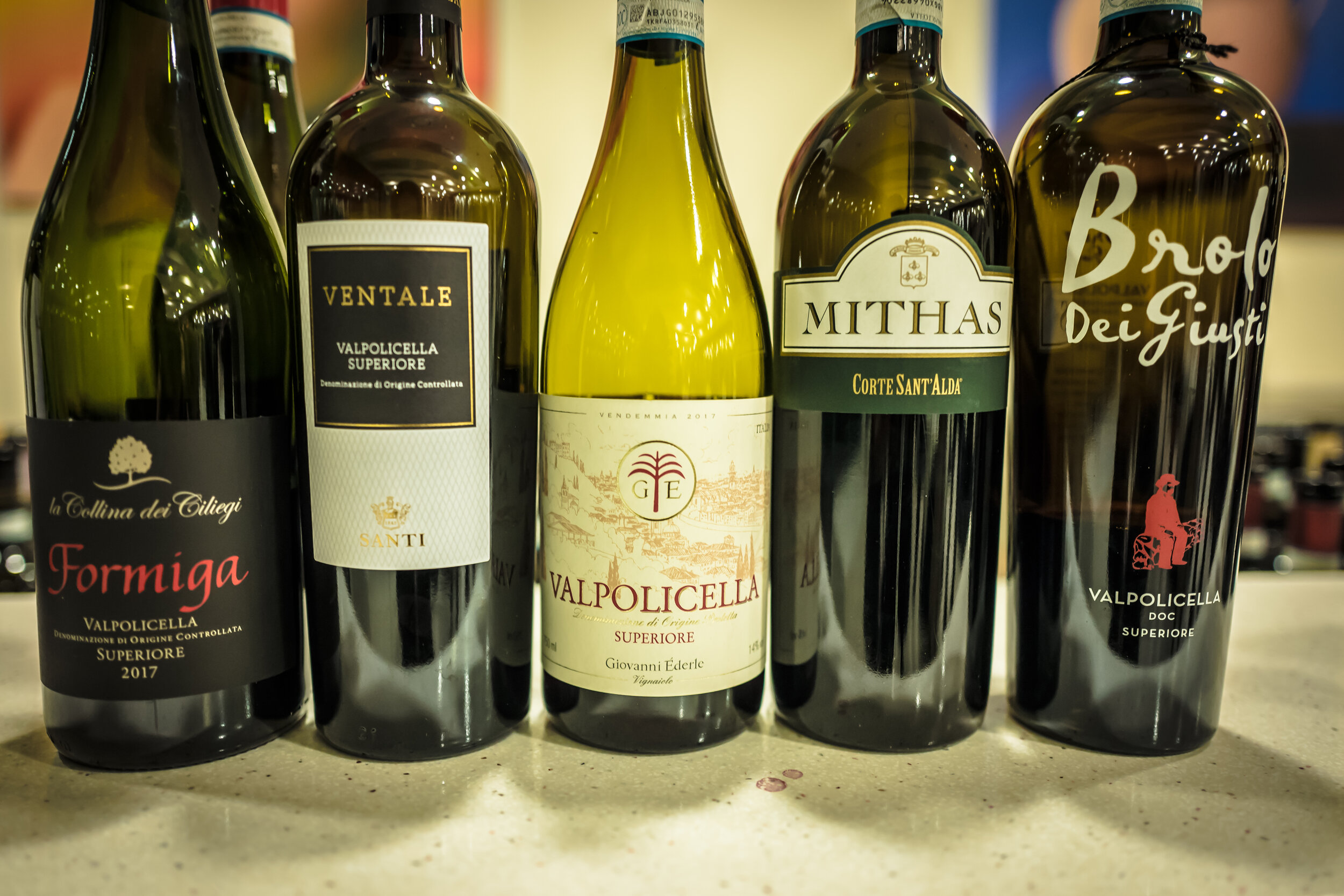Wine in 2020: Look out for Valpolicella
/Verona, Italy
Verona is one of the most romantic places in Italy, best known for its Shakespeare associations as well as the remarkably well-preserved 1st-century amphitheater in the city center. When I bring it to the wine world, it is esteemed as a dynamic, history-rich wine region, and connected with Valpolicella, often of the time, by that they mean specifically - Amarone della Valpolicella. That makes me wonder, where did the once-ubiquitous Valpolicella go?
Perhaps we all need to refresh our memories that Amarone isn’t the only wine that’s made in the Veneto region. The four major grapes - Corvina, Corvinone, Rondinella, Molinara, that are grown here make the four key styles of wines - Valpolicella, Ripasso, Amarone and Recioto. While the other three are all kind of overshadowed by Amarone, Valpolicella seems to have taken the biggest hit. When you walk into a retail store asking for an Amarone, you would be presented by at least 10 amazing bottles, but if you are on the hunt for a Valpolicella, well, they might turn around and grab a Pinot Nero trying to convince you to try that instead. As far as restaurants, when was the last time you’ve seen a Valpolicella on a wine list?
Consumers are not to be blamed, we all know there was one time almost everyone was hooked by the bigger, heavier, oaky style of wine. Fewer people are making Valpolicella, as a number of examples were proved disappointing with the lack of acidity and unpleasant green notes rather than fruits. However, Valpolicella can be equally delicious when it’s made right. They are crisp, light, refreshing, fabulously food-friendly; they can easily go well with your salad or sandwich, anything, no need to rack your brain. Amarone, on the other hand, definitely requires a little weight in the food, they are made for occasions, not for everyday consumption, not even for the locals and who makes them.
It is not hard to understand why I believe Valpolicella starts to come out of the shadow, especially in the US market where it breeds a growing trend towards lighter, lower-alcohol, easy-drinking wines, especially among the younger generations. We’ve seen #yeswayrosé dominating social media for years, especially in the summertime when people tend to lust for some uncomplicated yet still pleasurable juice, Valpolicella can also be the perfect summer red wine right under your nose.
Let’s talk about terroir.
Located in northeastern Italy's Veneto wine region, Valpolicella benefits from both Alpine and sub-continental climates, with an annual rainfall ranges from 900 to 1,200 mm. Winds coming from the North have cooling effects that help to bring down the temperatures on summer nights - the key to stimulate the accumulation of acids, aromas, and polyphenols. One factor people tend to overlook is the Lake Garda, which imposes a huge impact on the viticulture: it mitigates warmth, shaping a Mediterranean-like microclimate, allowing the grapes to ripen fully and well.
Valpolicella covers an area of almost 300 square km, made up of 11 valleys stretching North to South. This structure encourages the viticulture by creating south-facing expositions. The landscape is characterized by different altitudes, ridges and slopes mostly covered with vineyards. As part of the “When Nature blends with human hands” tastings, we tasted through 52 wines with JC Viens and Filippo Bartolotta, both emphasizing the importance of altitudes. Some wines from 400 or 500 meters slopes had significant different profiles on the palate - more vibrant, fresh, and mineral.
The wide production area of Valpolicella DOC and DOCG wines includes the hilly area of Verona and is divided into three main areas: Valpolicella DOC, Valpolicella DOC Classico, Valpolicella DOC Valpantena. The varied geological conformation produces a diverse range of soils - clay, calcarenites, basaltic volcanic rocks, etc. bringing widely distinct characteristics into wines. While Valpolicella wines are known for their freshness balanced by natural acidity, elegant texture, versatility, the best ones are truly the authentic expression of terroir.
Sustainability in Action
Sustainability is one hot topic in recent years. Going green has become the goal for many winemakers with increasing awareness of the damage that overuse of chemical treatments in viticulture can do. Not only have producers started to engage in sustainability, but there’s also an emerging interest in the same among the wine-drinking public.
Valpolicella
"The consortium has been committed to sustainability for many years. It has been working hard on increasing the expertise and responsibility of many companies to protect the environment as well as people's health. In this way 3 years ago the RRR certification was born, with the goal of making sure that wineries that have joined the project have been producing Valpolicella wines from sustainable resources" - says Olga Bussinello, director of the Consorzio Vini Valpolicella. The RRR certification - Reduce, Respect, Retrench, is a sustainable production protocol based on sustainable practices, provides certification for both wines and the grapes produced in compliance with its guidelines. The certified wines can be labeled with the RRR Mark. Currently, RRR is involving 132 companies and almost 1100 hectares of vineyards
Producers and wines to eyes on
Costa Arente Valpolicella DOC Valpantena 2018
Dal Cero Valpolicella DOC 2017
La Collina dei Ciliegi Valpolicella DOC Superiore Formiga 2017
Santi Valpolicella DOC Superiore Ventale 2017
I Tamasotti Valpolicella DOC Superiore 2016
Aldegheri Valpolicella DOC Santambrogio 2018
Monteci Valpolicella DOC Classico 2018
Monte de Fra Valpolicella DOC Classico Lena di Mezzo 2018
F.lli Degani Valpolicella DOC Classico 2018
Valentina Cubi Valpolicella DOC Classico Superiore Il Tabarro 2016
Novaia Valpolicella DOC Classico Superiore I Cantoni 2016
Santa Sofia Superiore Superiore Montegradella 2016
Now, are you ready to sip some Valpolicella with me?





